A few Fridays back, my wife and I had a joyous day out in Cambridge. I mean, Cambridge is always great with its general academic atmosphere, and the bookshops with rare US imports, and all the amazing college architecture, and the branch of Fopp where you can find collections of television jazz soundtracks for about £2 per disc… but on this particular Friday there was also the amazing opportunity to visit the Old Library in St John’s College to not only drink in its amazing seventeenth century gothicness in general, but also to view Improbabilities: A Douglas Adams Exhibition – an amazing display of items curated by Dr Adam Crothers drawn from the life of author Douglas Adams – the writer of the smash-hit science-fiction comedy radio series/novel/television serial/towel The Hitch-Hiker’s Guide to the Galaxy (1978 and various dates thereafter) plus other televisual delights such as some of the funnier bits of Doctor Who (1963-you decide) and the innovative Hyperland (1990). So, on top of just the sheer vibe of Cambridgeness, we had an added dose of scripts, letters, artefacts and scribbled ponderings from Douglas’ life to make the day even better.
But – even better than that previous high level of betterness – we then had two to three hours in Le Pâtissier, a most agreeable snackery located opposite St John’s, in the company of Kevin Jon Davies, a former TV director-turned-visiting lecturer at the University of Hertfordshire whose recent celebration of Douglas’ life, 42: The Wildly Improbable Ideas of Douglas Adams (2023), had not only prompted the fascinating display that we’d just enjoyed, but had actually topped the hardback best-seller list in The Sunday Times. So, yes, an exhibition about an amazing man, and then a lunch with another amazing man who’s written about the first amazing man.
And what’s even better than that, is that Kevin Davies (which is how I’m going to refer to him from now on, but only because it happens to be his name) is our friend. He was the best man at our wedding. And we’d not seen him in about seven years.
And that’s what made it so joyous.
And we talked. And we laughed. We remembered the times when we’d met Douglas and the odd moments associated with those occasions. We recalled people that we’d worked with over the years. We discussed various health issues. We compared experiences of travelling. We revisited our wedding day. We alternately laughed dismissively or were a little bit scared by recent conspiracy theories espoused on the internet. We reassessed past projects, celebrated the present and speculated on the potential for the future.
Much as we tend to do on the phone calls that we’ve generally had every week or so for the last thirty years.
After the meal, we ambled further along St John’s Street to the legendary bookstore of Heffers (which is really part of Blackwell’s (which is really part of Waterstones (which secretly I’d like to think is really part of Mogul (1965)))) where Kevin was giving a presentation about Douglas that evening – a talk that was, sadly, way past our bedtimes, long after we’d headed north up the Great North Road [1], the day warmed by the architecture and the artefacts and – most of all – by seeing an old friend.
And this was a friend that I’d met through television. Back in March 1993, I had purchased the BBC Video release of The Making of The Hitch Hikers Guide to the Galaxy, a straight-to-VHS documentary of sheer delight that used the narrative structure, style and characters of The Hitch Hiker’s Guide to the Galaxy television serial (1981) to tell the story of how the BBC2 version was produced, blending fascinating archive footage with dramatized sequences and new animation in a dazzling, hilarious, captivating package that for me was a massive leap forward in how a television series could be celebrated on screen.
I was knocked out by this approach and a) wrote an enthusiastic review for one of the genre magazines and b) contacted Kevin to tell him how very, very deeply impressed I was with his venture. Kevin said “thank you very much” – but only because he’s polite like that – and then said “I’m about to do a documentary about Blake’s 7 (1978-1981)…” – only he didn’t give me the dates, but only because I already knew them – “… I believe you’ve got unpublished research on this, so would you like to meet up for a weekend to discuss it? And while I’m reading your notes, I’ll bring up some tapes of Moonlighting (1985-1989) for you to watch.” Only he didn’t give the dates for that either.
And since then we’ve talked. And talked. And we’ve laughed. And we’ve tried to help each other. And it’s all been a lot of fun.
Which is sort of what it should be. Fun. After all, that’s how we sort of started doing all this television stuff.
In fact, I’d first sampled Kevin’s work back in November 1977 when I’d sent off for a copy of the debut issue of his Doctor Who fanzine Quark. A fact that I was recently reminded of during my deeply enjoyable perusing of The Fanzine Book (2023), a newly-published and lavishly illustrated tome from Telos Books charting the development of the fanzine up to the end of its ‘golden age’ in 1989 by examining the changes in technology, shifts in sub-culture attitude and the myriad, diverse approaches to celebrating the good Doctor’s adventures in space and time.
And – seriously – if you have even a passing interest in fan cultures, then you need to buy this work. It’s 288 pages of hardback wonder, and it’s written by Alistair McGown… and if you look up on the bookshelf beside you, third shelf down, bit more to the left, then – there! – you’ll find your copy of his amazing BFI study The Hill and Beyond: Children’s Television Drama – An Encyclopedia (2003) and you know how good that is and how frequently you check something or other in its wonderfully researched pages.
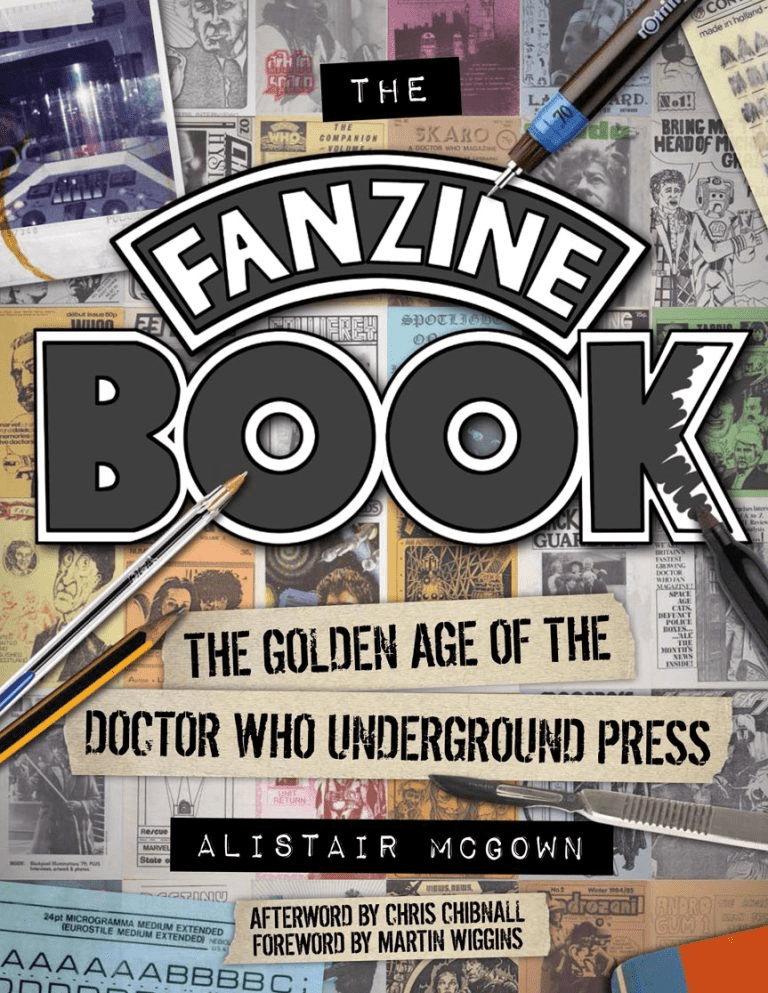
Fig 4. Probably how a good percentage of us started writing about television. And if it wasn’t, then, you know, there’s still time for you. Grab some Letraset and a stapler and get that Stranger Things (2016-) ’zine out there!
And fanzines are suddenly sort of a binding element of life and events. Heffers was actually where I’d last seen Douglas when he was doing a signing of his novel Mostly Harmless in October 1992, which I visited because of Dr Una McCormack – whom I first met when she was selling some tapes in a Blake’s 7 ’zine, the Horizon newsletter, in July 1991.
Now, I wasn’t there for the bulk of what’s contained in The Fanzine Book, as I think I was a bit too busy with BEngs and MEngs (although not necessarily in that order) or stuff that didn’t involve large doses of TARDISes or Daleks… so it’s been a real eye-opener for me to see the chronology and the context presented in such an astute manner. But it’s also reminded me of all the friendships that were formed from these unpaid spare-time ventures… and of all the fun that people had along the way.
And the contact with people and the resultant fun spawned from televisual celebration continue in so many fascinating, glorious, unexpected ways. Anthony McKay debates the best way to present visual data of water bores in New Zealand – I encountered him at a Doctor Who meeting in January 1981. Hilary McPhail sends us photos of an amazing Lego construction of New York – she stopped me in the street in October 1983 because she saw me wearing a penny-farthing badge from The Prisoner (1967-1968). Simon Coward tells us about some new board games that he’s played over the weekend – we first got talking about Ace of Wands (1970-1972) in a hotel corridor in November 1985. Tania Donald finally solves the mystery of a Humphrey Bear book that’s baffled me since Christmas 1970 – I dropped her a line because of her terrific vlogs about The Goodies (1970-1982) in June 2021. Sue Flower explains to me about the technical issues of how she’s staging The Wonderful Wizard of Oz (1900) – she wrote to me in May 1989 about The Chronicles of Narnia (1988-1990). Hannah Cooper tells us delightedly how her new job is going – she came over to chat to us at a Kaleidoscope archive television event in March 2019. Gary Russell explains about the difference between NHS services in England and Wales – I’d seen him on television having adventures with The Phoenix and the Carpet (1976-1977) but first met him in the offices of Marvel Comics when he’d taken over as editor of Doctor Who Magazine in March 1992…
And all the other amazing people… too many to list. All people who make life a better place to live.
So being able to watch and enjoy television when we’ve got all the important things in life done and sorted is a very nice thing indeed. And possibly being paid to write about it or teach it now and then is even better. But the best thing about it all is the fun. And for the fun, you need the people.
And if there hadn’t been a Doctor Who local group for me to visit during a random off-season holiday, I’d never have met my wife. And that’s been the most fun of all.
Thanks television!
Sorry Marshall. For me, the medium isn’t the message. The medium is the catalyst.
Andrew Pixley is a retired data developer. For the last 30 years he’s written about almost anything to do with television if people will pay him – and occasionally when they won’t. But what on earth are you reading this for? Why aren’t you down at a local group discussing your favourite shows? Mailing out the latest editions of your fanzine? Picking up the phone to a mate that you’ve made from all this television silliness, seeing how they are, and saying: “Gosh! Thanks for making life fun!”
Footnote
[1] “Is it the road that is great or the North that is great?” One of Oliver’s many questions…



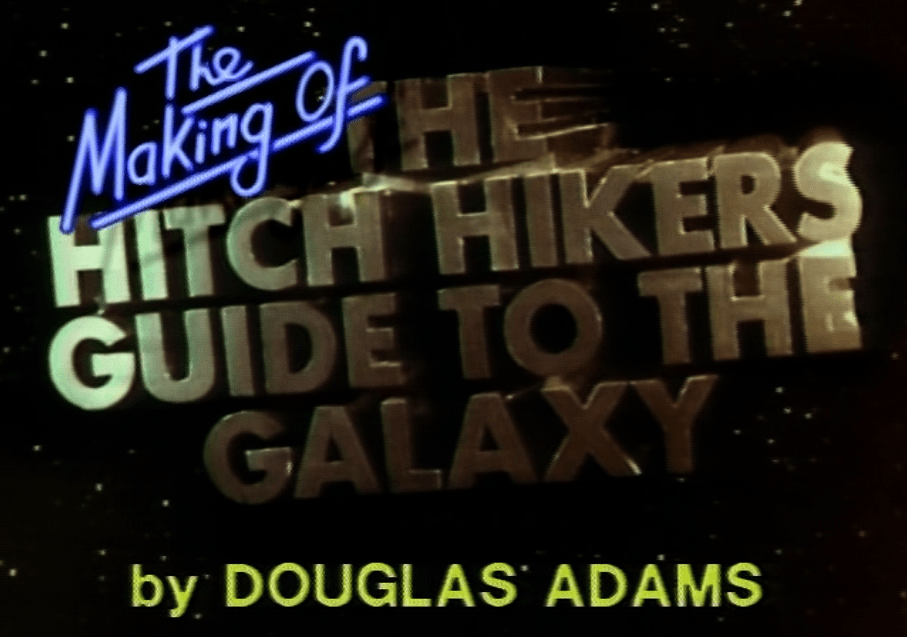
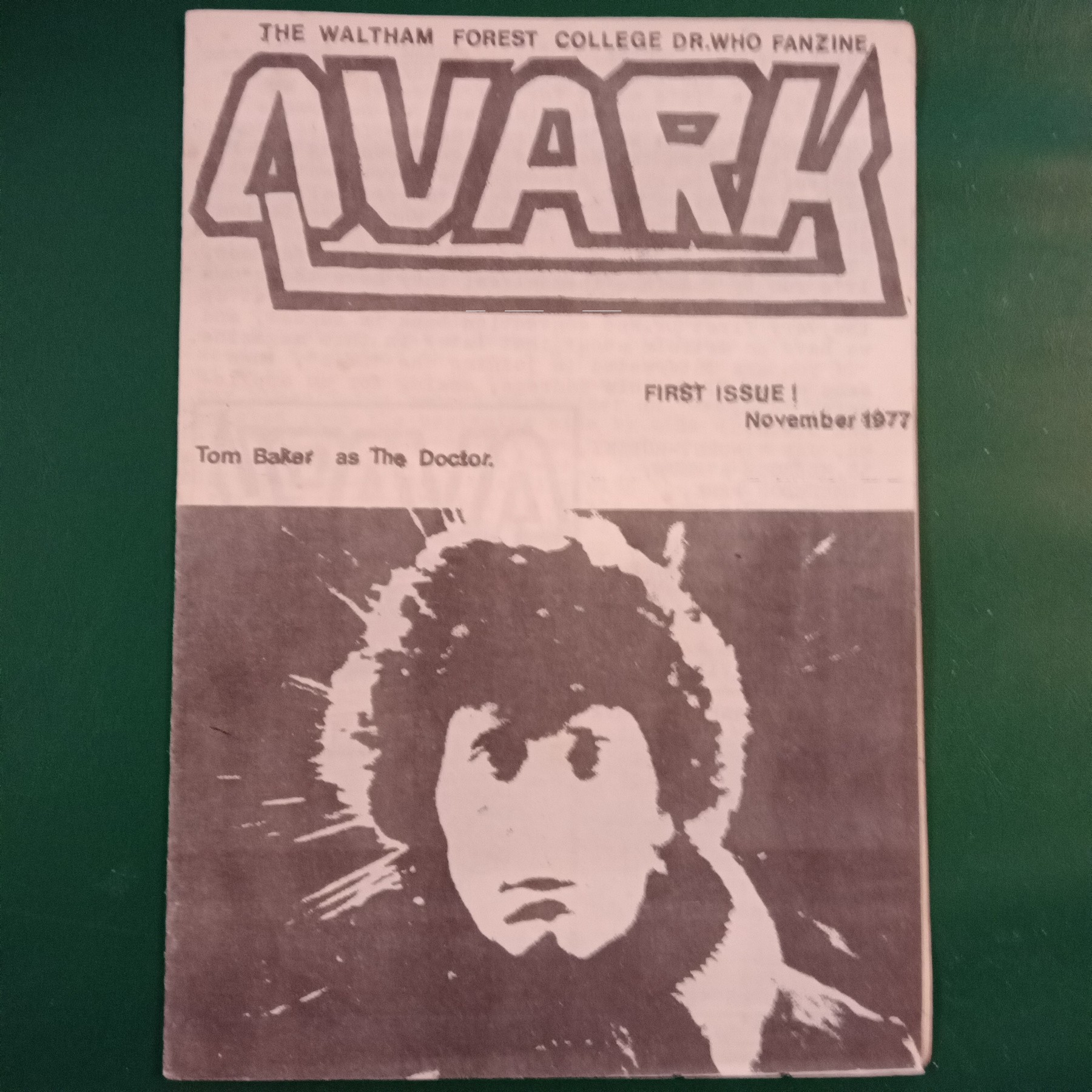
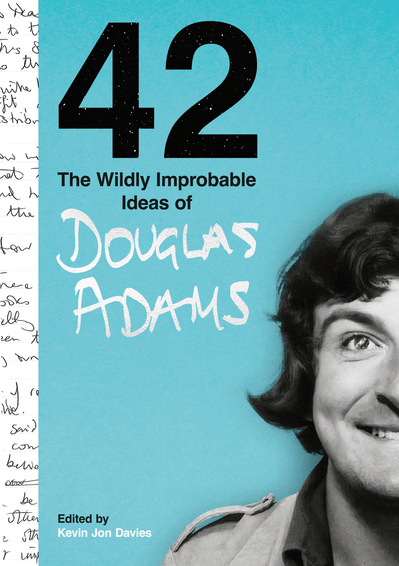


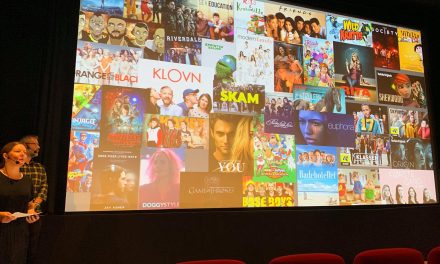
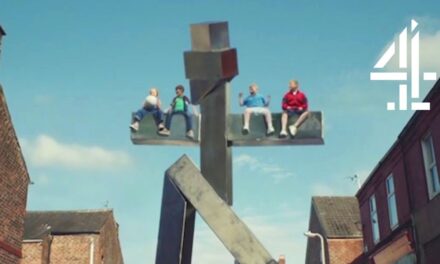
What a lovely piece, Andrew! I think viewing the medium as a catalyst, at least with regard to fan relationships etc, is a great interpretation of how these long-term relationships can develop across a fan’s lifetime. 🙂
Hello Melissa 🙂
And THANK YOU for all your lovely pieces in recent months about Cancer Man and Cabot Cove and all the supernatural shenanigans at a certain mansion in the Staten Island area. Much appreciated!
Glad that you understood this. All too often of late things seem to have revolved around deadlines and profits and commissions and people getting quite upset with stuff because it’s now all suddenly real and professional and – dare I say it – grown up… and it’s just rather nice to be reminded of the simple joys in life like chatting with your mates. And, just as suddenly, that sorts of grounds stuff and reminds me of the values as to why I started doing this in the first place.
Anyway, hope you are safe, hope you are well, and hope you have lots more for me to enjoy reading in the future.
All the best
Andrew
Yes, it’s definitely nice to just focus on the social side for a change (and for grounding)! 🙂 I’m ok and hope everything’s well with you, too. 🙂
Thank you so much for the kind words– I’m glad you’ve enjoyed my various ramblings! 🙂 There should be more in the near future… 🙂
Love this. So many friendships through that most sociable of mediums – television!
Hello Christine 🙂
And bless you for replying. I still get a thrill when I see your name and go “Gosh! *That* Christine Geraghty whose work I used to read in the library.” And – yes – I would imagine that your contributions to the field have led you to a wide array of truly amazing friendships that have enriched your life in ways you never believed…
… and hopefully with many more still to come! 🙂
Thanks for being fun.
Andrew
Hello Mr. Pixley – I am a Canadian writer writing a piece on the Hammer film The Quatermass Xperiment. Your “Viewing Notes” for the TV serial DVD package are invaluable, but the fact is I’m getting older, had two eye surgeries in the past year, and it can be a bugger to read this little booklet. Do these notes by any chance exist in a more generous format? I would be happy to pay for a pdf. Best regards, David Lee.
Hello David 🙂
Hope all is good there in Canada. I’ve loved the bits that I’ve seen of Canada and I hope that it’s all being well looked-after.
Delighted to hear that Quatermass is still attracting attention. And glad that the DVD notes from the 2|entertain release – what? – 19 years ago is still of interest. Also, having various vision problems of my own, I can quite understand the problems with accessing text when print size is prohibitive.
I don’t recall ever getting a PDF version of the notes I’m afraid (pre-broadband for us) and there’s nothing obvious on the drives that I have to hand…
… but I shall have a further look and keep in mind that this would help you.
Meanwhile, are you aware of the work being done by Jon Dear and Toby Hadoke into the Quatermass product? All far more up to date than my own work. Also, De Montfort University hold the Hammer archive and they may well have material that would be of use to you.
Thanks for your kind words and good luck with your writing! Hope it’s being a lot of fun! 🙂
All the best
Andrew
Hi! David! You still here?!
If so… I found this if it helps:
“Two days after this final broadcast, the BBC received a letter from Hammer Film Production Ltd indicating that the company was interested in purchasing the film rights to The Quatermass Experiment which was referred to the Controller of Television Programmes.”
“On Monday 18 October 1954, Exclusive Films had started filming Hammer’s production of The Quatermass Experiment, with a screenplay written by Richard Landau, and then rewritten by director Val Guest. Shooting ran through to just before Christmas at Bray Studios. As a BBC employee, the deal with Exclusive Films had been largely out of Kneale’s hands. To his horror, the quietly determined Quatermass played by Tate had turned into a shouting, bullying American Quatermass in the form of Brian Donlevy.”
“Another blow for the team came on Friday 26 August when the 81 minute X-certificate version of The Quatermass Xperiment (as Hammer had renamed the movie to emphasise its rare certification) went on release; the film appeared in the US the following June as The Creeping Unknown. Appalled by Hammer’s adaptation and Donlevy’s casting, Kneale hoped his new serial could set the record straight regarding his standards of storytelling – also aware that Hammer had snapped up the movie rights to the new serial even before production on the television version had begun. When the film was a major success for Hammer, writer Jimmy Sangster came up with another Quatermass idea that autumn. However, when Hammer approached Kneale about using his character, the writer denied them the rights; the film was made in 1956 as X the Unknown, starring Dean Jagger as Dr Adam Royston.”
These *seem* to be the bits relating to the film. Any use?
Hope they help. 🙂
All the best
Andrew
Urm – David!? Did that help!? Was that the stuff you were looking for?
All the best
Andrew